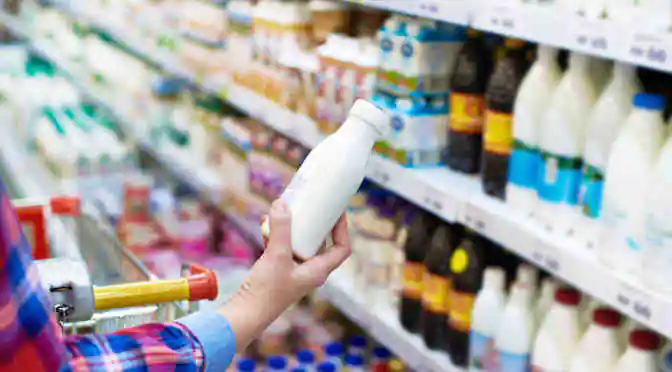Given the rapid rate of technological advancement, combined with urbanization and the mechanization of agriculture, the demand for sophisticated agricultural machinery has grown significantly in the past few years. There is a wide range of agricultural machinery available on the market, and fertiliser spreader has its own niche. Also known as broadcast spreader, fertilizer spreader accounted for 37.19% share of the global planting and fertilizing machinery market in 2015, and 3.11% share of the global agricultural machinery market.
With the decline in manual labour and the increase in investment opportunities in agriculture, the fertilizer spreader market is experiencing consistent growth. Analysts at Technavio predict that the global fertilizer spreader market will register a CAGR of 7.38% (in terms of revenue) by 2020.
Benefits of Fertilizer Spreaders
#1. Improve production yield
Population growth, decline in arable land, and unfavourable fluctuations in climate conditions are some of the major reasons behind the high demand for improved yields. Most farmers have switched to regularly using fertilizers in their farms. If used in the correct manner, not only do fertilizers help increase production, but they also do not have adverse effects on soil health.
Unlike manual spraying, a broadcast spreader evenly distributes the fertilizer, thereby aiding in sustainable production throughout the year. This is why farmers with both large and small-scale farms are investing in fertiliser spreaders.
#2. Fill manual labor void
The labour force – both human and animal – has shrunk drastically. Today, except for small scale farmers in sub-Saharan Africa and South Asian countries, most farmers across the globe are switching to machines. This has resulted in major loss in food production. Fertilizer spreader, on the other hand, allows for farming without dependency on manual labour, while still yielding high production rates.
#3. Increase focus on accuracy
As previously mentioned, it is critical that the correct amount of fertilizer is used, not only to achieve higher yields, but also to maintain the health of the soil. The current state of the world’s soil is alarming, with approximately 50% of the agricultural land deficient of zinc and micronutrients such as iron and manganese, leading to a lack of nutrients in edible plants. Farmers who choose to manually spread fertilizes often face issues such as poor crop performance due to uneven spreading. However, with the help of fertilizer spreaders, farmers can focus on accurate use of fertilizers, thereby achieving better yield without harming the soil. Fertilizer spreaders are especially in demand when it comes to precision farming.
Some of the leading vendors in the global fertilizer spreader market are AGCO, CLAAS and Kubota.



